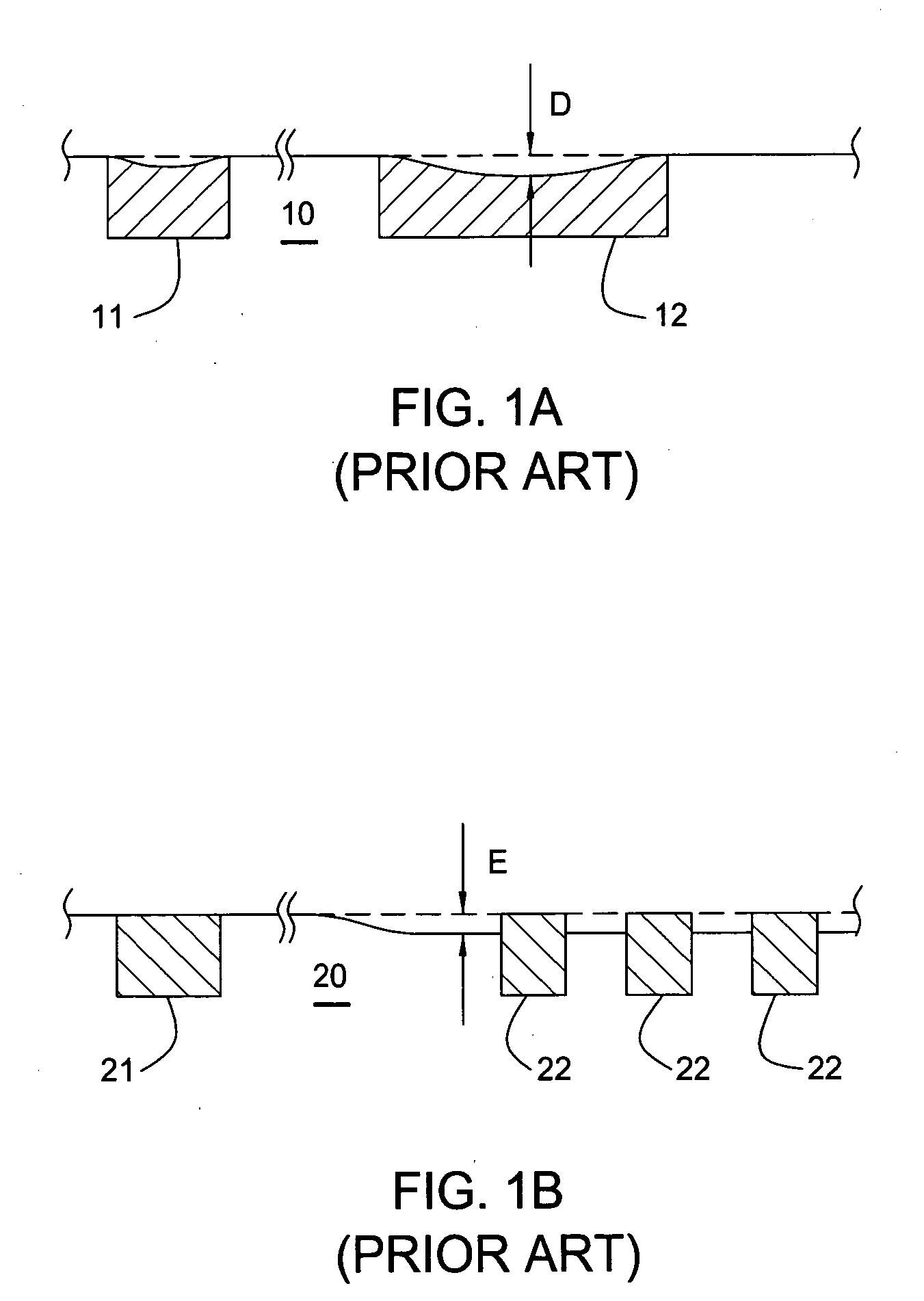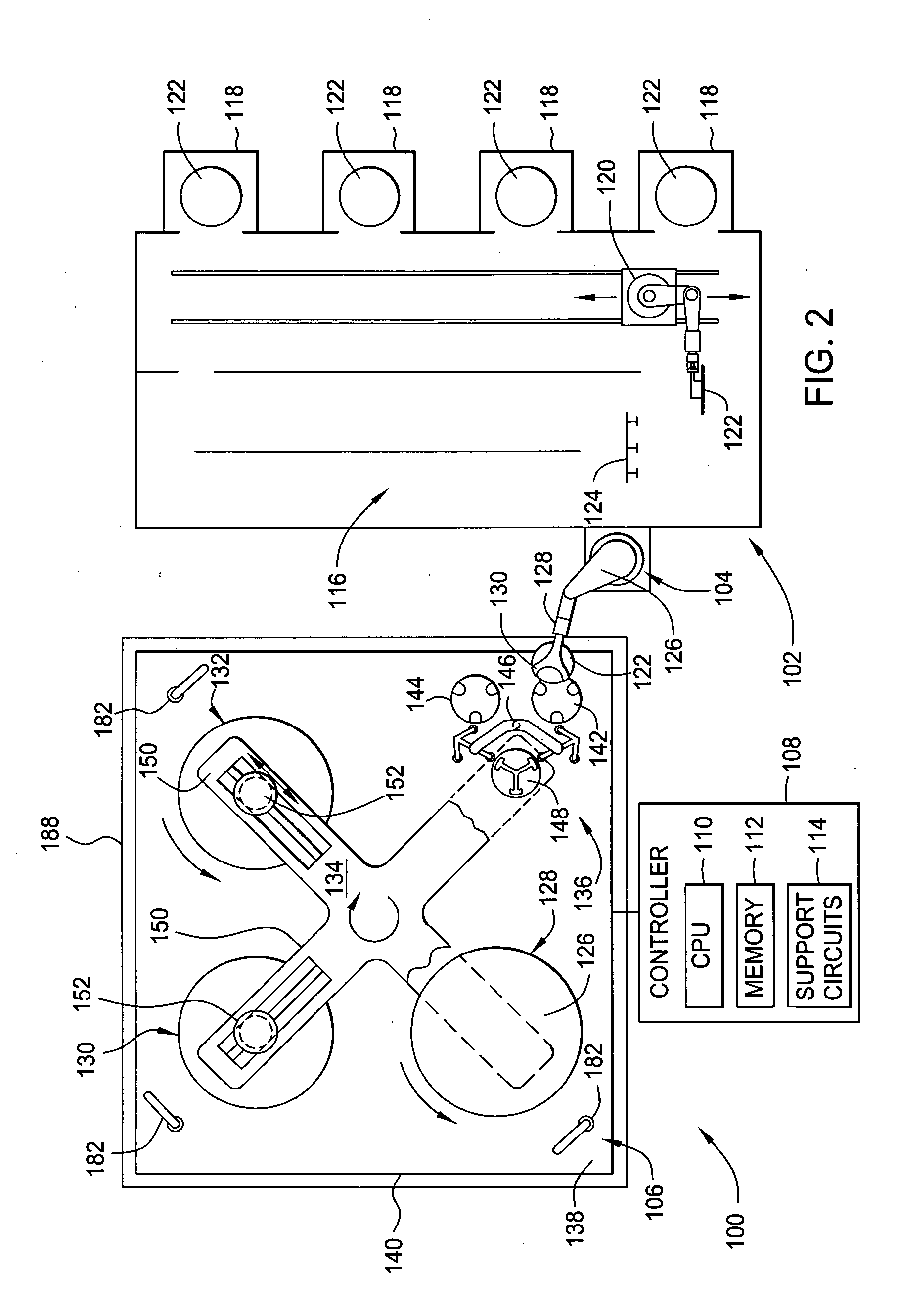Method and composition for polishing a substrate
a technology of substrate and composition, applied in the direction of lapping machines, manufacturing tools, aqueous dispersions, etc., can solve the problems of one or more concave depressions, affecting the subsequent processing of the substrate, and excessive polishing of the layer
- Summary
- Abstract
- Description
- Claims
- Application Information
AI Technical Summary
Problems solved by technology
Method used
Image
Examples
example # 1
Example #1
[0200] about 8 wt. % of 85% aqueous phosphoric acid solution;
[0201] about 5 wt. % of ethylenediamine;
[0202] about 3 wt. % of glycine;
[0203] about 1 wt. % of 98% ammonium hydrogen citrate;
[0204] potassium hydroxide to provide a pH of about 3.5; and
[0205] water.
example # 2
Example #2
[0206] about 8 wt. % of 85% aqueous phosphoric acid solution;
[0207] about 5 wt. % of ethylenediamine;
[0208] about 3 wt. % of glycolic acid;
[0209] about 1 wt. % of 98% ammonium hydrogen citrate;
[0210] potassium hydroxide to provide a pH of about 3.5;
[0211] and water.
example # 3
Example #3
[0212] about 5 wt. % of 85% aqueous phosphoric acid solution;
[0213] about 3 wt. % of ethylenediamine;
[0214] about 3 wt. % of glycolic acid;
[0215] about 1 wt. % of 98% ammonium hydrogen citrate;
[0216] potassium hydroxide to provide a pH of about 3.5;
[0217] and water.
PUM
| Property | Measurement | Unit |
|---|---|---|
| pressure | aaaaa | aaaaa |
| pressure | aaaaa | aaaaa |
| pressure | aaaaa | aaaaa |
Abstract
Description
Claims
Application Information
 Login to View More
Login to View More - R&D
- Intellectual Property
- Life Sciences
- Materials
- Tech Scout
- Unparalleled Data Quality
- Higher Quality Content
- 60% Fewer Hallucinations
Browse by: Latest US Patents, China's latest patents, Technical Efficacy Thesaurus, Application Domain, Technology Topic, Popular Technical Reports.
© 2025 PatSnap. All rights reserved.Legal|Privacy policy|Modern Slavery Act Transparency Statement|Sitemap|About US| Contact US: help@patsnap.com



